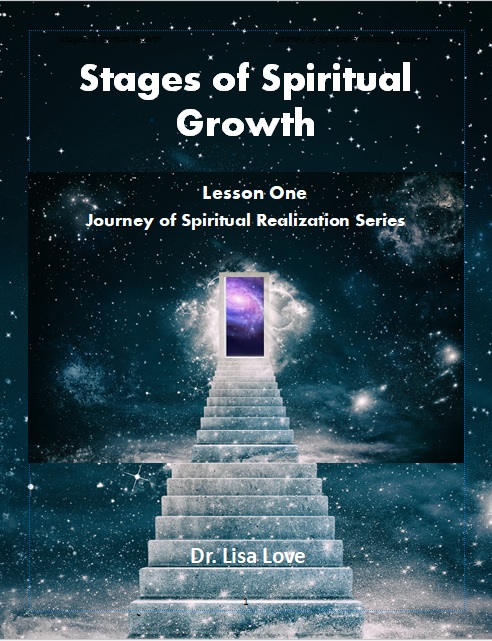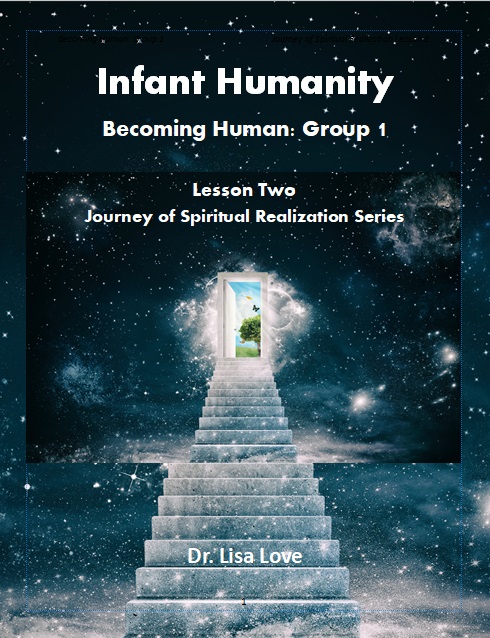Not everyone is the same or evolves spiritually in the same way. That is the idea behind different types.
Integral/Wilber Types
The integral approach to its credit is attempting to look at how people evolve in various ways. The most notable is the difference between men and women and some ideas have been put forth here primarily borrowing on Carol Gilligan’s stages of moral development.
Though not intrinsically a part of the Integral Operating System, the nine types of the Enneagram are also recognized, especially in regards to how these nine types evolve along nine levels as outlined in the book Personality Types by Don Riso. (Note: These nine levels are not directly connected with the levels and stages of the Integral map). (Note: The Types of Male/Female are on the far left of the map below).

Alice Bailey Types
In the writings of Alice Bailey there are a number of type systems.
- Mystic vs. Occultist. Two general types are those of the mystic (the more heart-based, experiential, emotional and more feminine approach to the Divine), and the Occultist (the more head based, scientific, mental, map making and masculine approach to the Divine). The books Letters on Occult Meditation and also Esoteric Psychology, Vol II have the most to say on this.
- Rays. Anyone familiar with the Bailey model knows that the presentation of seven types (called rays) is a major part of the work. These seven types can be evolved along levels in the same way that the Enneagram is in Don Risso’s books, though the way the rays and the Enneagram types evolve is not the same. In the Bailey writings the seven ray types are all found on these various levels: Physical, Emotional, Mental, Personality, Soul, Monad. For example, you can have a Ray Type Two physical body, emotional body, mental body, personality, soul, and Monad. At the same time you can have more than one type. For example you can have a Type Two Soul, Type Three Personality, Type Four Mental Body, Type Six Emotional Body, and Type Seven Physical Body. In short, the type system with the rays is fairly complex in the Bailey model. (See Treatise on the Seven Rays, Vols. I & II by Michael Robbins).
- Astrological Types. One of the more unique and pioneering aspects of the Alice Bailey teachings that has still not made it much into the mainstream is the approach to astrology. The twelve astrological signs are viewed in an evolutionary way. In fact, it is said that you cannot truly read the symbolism of the chart of anyone unless you know the evolutionary stage of the person. In the book Esoteric Astrology by Alice Bailey we learn how every zodiac sign evolves generally in three stages along the three crosses. The Mutable Cross is for those who are following a mass approach and are unawakened to deeper spiritual realities. The Fixed Cross is for those who are traveling the spiritual path in its beginning stages (1st and 2nd initiation primarily). The Cardinal Cross is for those who are becoming spiritually awakened to the Monad (Spirit, Emptiness, etc). Actually, this system gets very complicated, but what is interesting is how sparse the information is out there developing the ideas of Alice Bailey along these lines. Most notable are the works by Alan Oken, Michael Robbins, and Phillip Lindsey.
Lucille Cedercrans Types.
The writings of Lucille Cedercrans emphasize mainly the ray types, though much less is said about these in her works. Instead, the focus is more on meditating on the seven ray types as steams of divine energy that each have their own characteristics. As you work with the seed thought in meditation of each ray type, you come into a deeper understanding of what each type is about. You also tend to get a more experiential and meditative understanding of what your ray type may be, than an analytical one, in this approach.
Have comments, questions, suggestions? They will be posted so long as they are civil and expand the discussion.
Namaste,
Lisa
Copyright ©2016 by Lisa Love. All rights reserved. No part of this blog may be reproduced or transmitted in any form, or by any means, electronic or mechanical, including photocopy, recording, computer, or any information storage and retrieval system, without permission in writing from the author.



Leave a comment